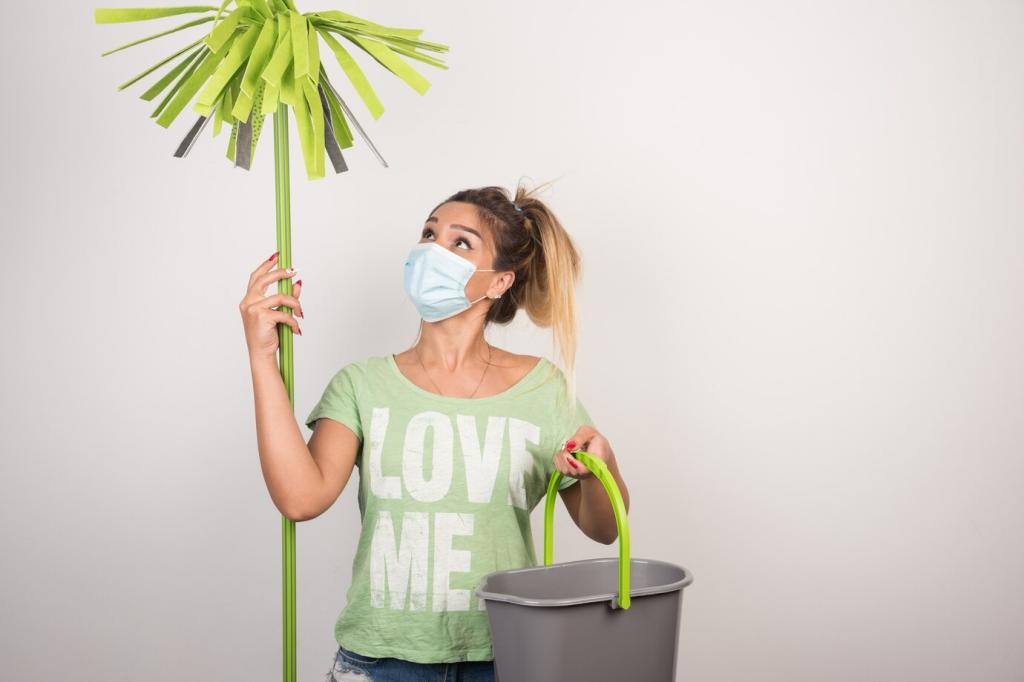How to Extend Furniture Lifespan Naturally
Chosen theme: How to Extend Furniture Lifespan Naturally. Welcome to a warm, practical journey into plant-based care, mindful placement, and gentle repairs that protect cherished pieces while honoring your health, your budget, and our shared planet.
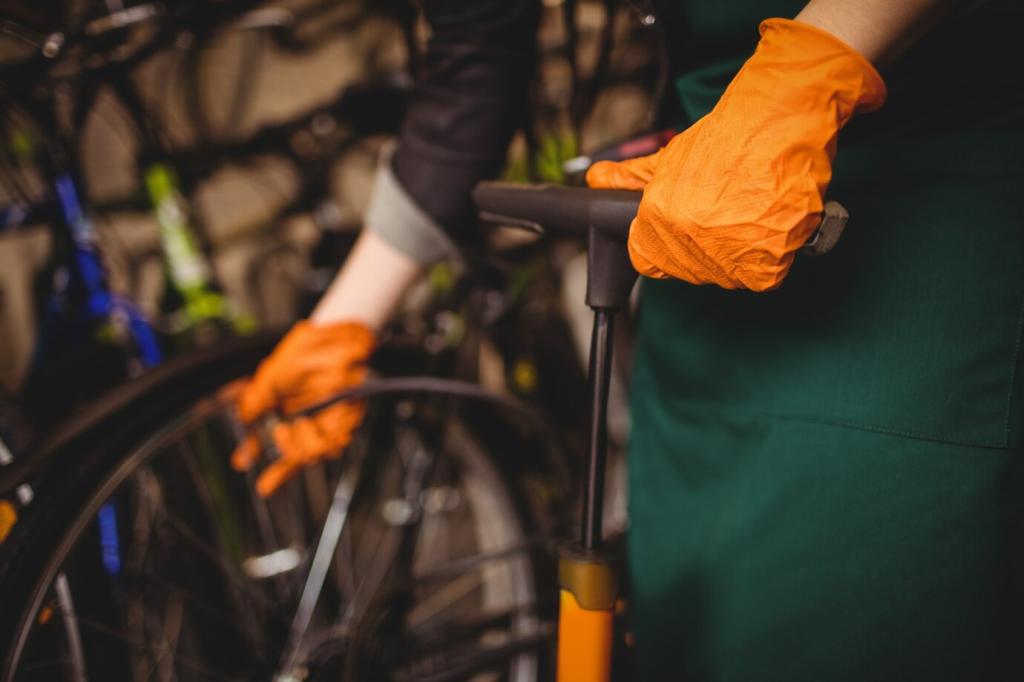
Start with Gentle, Natural Cleaning
Plant-Based Cleaning Basics
Mix a few drops of unscented castile soap with distilled water for most surfaces, testing in a hidden spot first. Avoid excessive vinegar on marble or stone. Use a soft microfiber cloth, two-bucket method to prevent redepositing grime, and finish with a dry buff to keep moisture minimal.

Nourish the Materials, Not Just the Look
Wood: Oils, Wax, and Grain Care
Feed dry wood with polymerized linseed or pure tung oil in thin coats, letting each cure fully before buffing. Follow with a beeswax–carnauba polish for a durable, low-sheen shield. Always wipe spills quickly, lift rather than drag, and respect seasonal wood movement to avoid stress.
Leather: Conditioning Without Harsh Residues
Use a simple balm of beeswax and jojoba, patch-testing first. Avoid olive oil, which can migrate and darken unevenly. Keep leather out of direct sun, brush gently to remove dust, and allow it to breathe. Share your conditioner recipe, and tell us how often you refresh it.
Textiles and Cushions: Steam, Sun, and Support
Light steam relaxes fibers and revives shape; brief morning sun can freshen, but avoid prolonged exposure. Sprinkle baking soda to neutralize odors, then vacuum thoroughly. Rotate cushions, flip periodically, and add supportive webbing if seats sag. What simple routine made your sofa feel new again?
Fix Early, Replace Late
Gentle Diagnostics You Can Trust
Perform a wobble test, press corners lightly, and listen for creaks that signal loose joinery. Photograph before disassembly, label parts, and note screw lengths. Check for wood movement at seasons’ change. Early awareness turns a ten-minute tune-up into years of confident daily use.
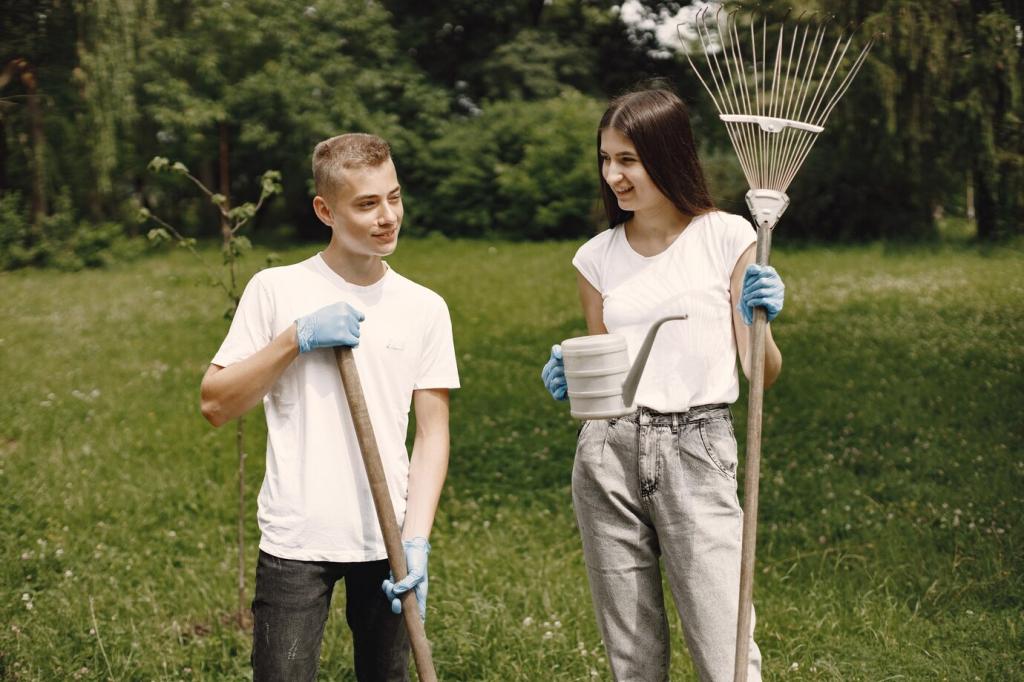

A Natural Repair Kit
Stock water-based, low-VOC wood glue, clamps, hardwood dowels, felt pads, and beeswax for sticky drawer runners. Add a hand drill, small square, and fine sandpaper. Shellac flakes offer a classic, natural barrier coat when dissolved in ethanol. Patience and light pressure often beat brute force.

Apply felt pads under legs, cork coasters for drinks, and natural rubber mats beneath plants to stop moisture and abrasion. Replace pads regularly, lift rather than drag, and keep grit off floors. Which protective pads have lasted longest for you? Tell us your budget-friendly favorites.
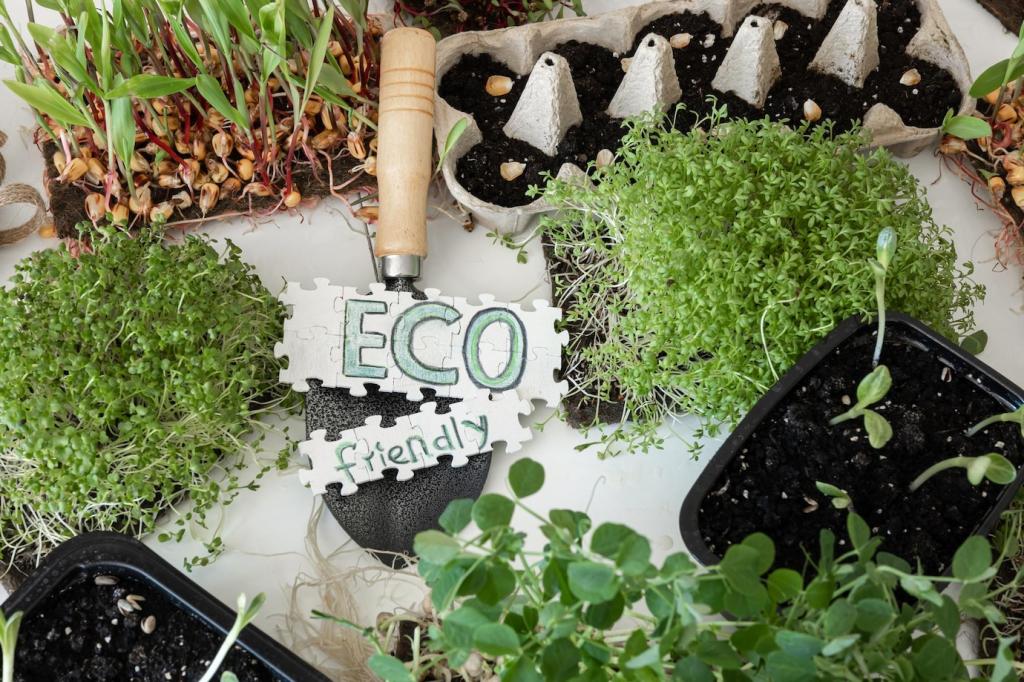
Rotate cushions monthly, shuffle shelf contents, and spread weight evenly to prevent warping. Add center supports where long spans sag. Put calendar reminders for quick checks. Subscribe to receive seasonal prompts so these tiny habits become effortless muscle memory throughout the year.
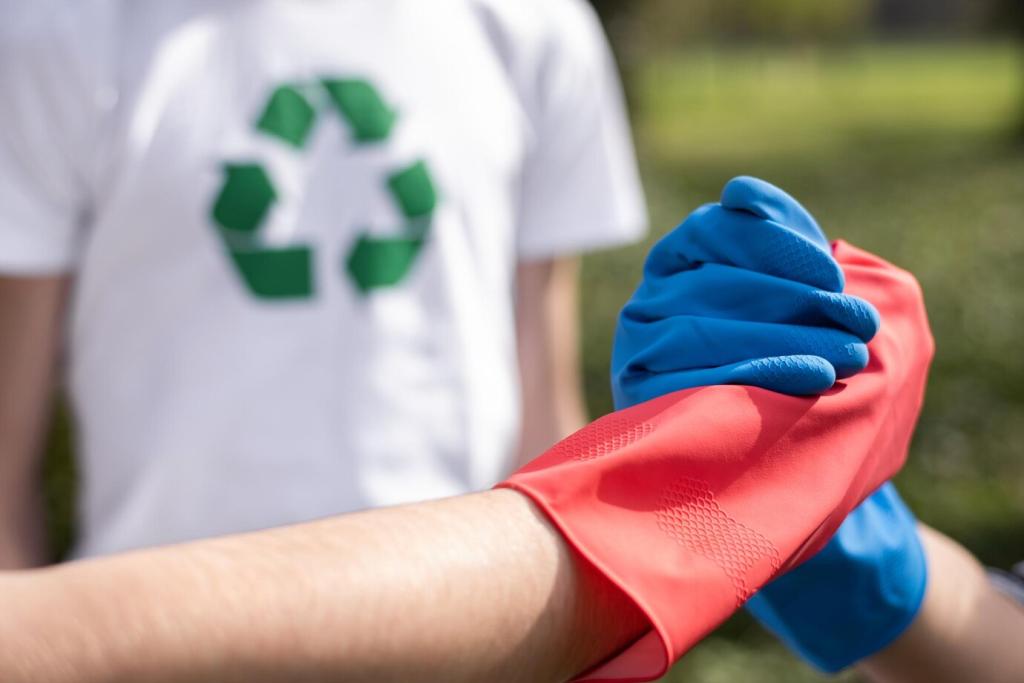
Place scratching posts where cats actually lounge, use washable throws, and add soft edge guards on vulnerable corners. Keep toy bins away from heirlooms and celebrate small wins. What family-tested trick saved your coffee table from chaos? Drop your wisdom below for fellow readers.
Finishes and Refreshes the Natural Way
Look for pure tung oil, polymerized linseed oil, and beeswax–carnauba blends. Milk paint offers soft color, and shellac delivers a classic, food-safe seal when properly cured. Avoid boiled linseed with metal dryers. Always patch test and confirm third-party certifications for peace of mind.


Finishes and Refreshes the Natural Way
Clean gently, then warm wax slightly in your hands and apply a whisper-thin coat with a lint-free cloth. Wait ten minutes, then buff until the cloth glides. If streaks appear, add the tiniest touch more and rebuff. Share your before-and-after photos to inspire readers.
Smart Room Mapping
Keep pieces clear of radiators, fireplaces, and sun corridors. Use rugs to buffer humidity swings, allow airflow behind sofas, and plan movement with sliders and blankets. Measure doorways and turns before lifting. What layout tweaks extended the life of your most fragile item?
Humidity Sweet Spot
Aim for 40–55% relative humidity to reduce cracking, glue failure, and rust. Gentle humidification can be as simple as bowls of water near heat sources, paired with houseplants. Track with a small hygrometer. Share your regional climate and the strategies that actually worked.
Seasonal Checklists
Spring: tighten loose screws and refresh pads. Summer: shield from UV. Fall: wax wood and condition leather. Winter: maintain humidity. Set recurring reminders and stick to fifteen-minute sessions. Subscribe for printable checklists and friendly nudges that keep momentum easy.
